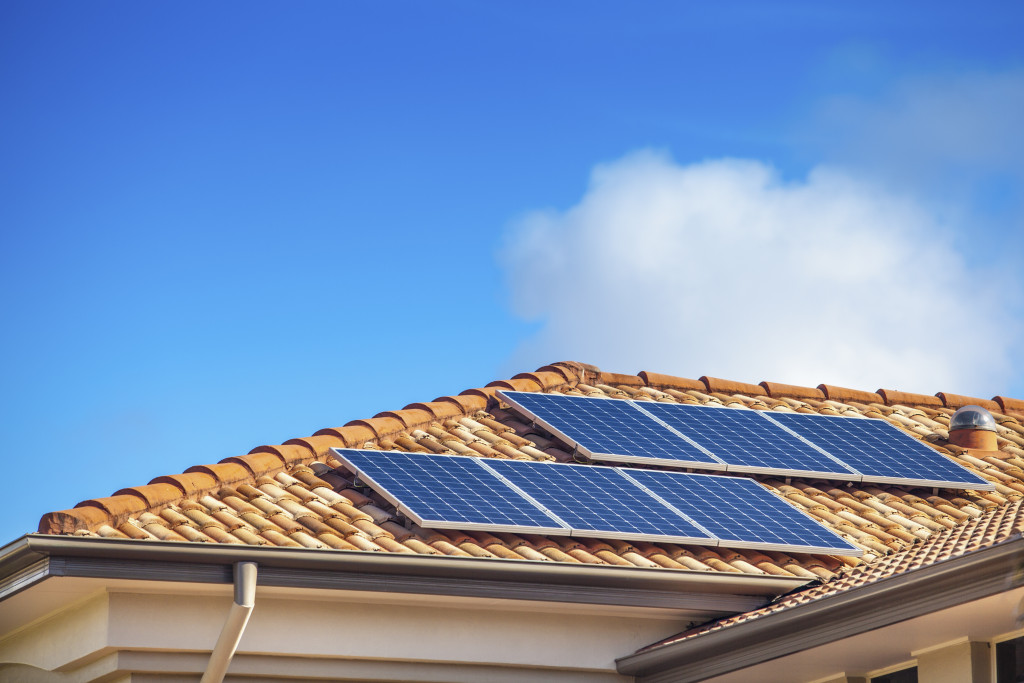Today’s homebuyers prefer homes that are sustainable and energy-efficient. One reason for this is that this generation of homebuyers is more eco-conscious than the last and wants a home that can help them minimize their carbon footprint. Another reason is that energy-efficient homes can be costlier upfront, but they provide significant savings in utilities and maintenance in the long run.
With that in mind, it’s high time for construction and real estate industries to hop onto this steadily growing trend of eco-friendly homes. But what exactly goes into building an energy-efficient home? And how can it increase sustainability? Let’s find out.
Better Insulation
On average, heating and cooling consume 51% of energy. Residential spray foam insulation can substantially decrease this number, especially when attics, basements, and crawlspaces have insulation.
Aside from consuming less energy, homes with good insulation also provide better temperature control than those without, making them more comfortable during summers and winters.
Energy-efficient HVAC Systems
Even with good insulation, homes without an efficient heating, ventilation, and air conditioning (HVAC) system won’t be able to minimize utility costs. That said, an energy-efficient HVAC system is essential to a sustainable home. For instance, systems with an air source ductless heat pump allow for better heating without consuming more energy than it needs, which are far more efficient than thermal heat pumps or central, forced-air systems.
Energy-efficient Windows
Energy-efficient windows have two or three glass panes sealed within a single unit. Double-glazed windows have two glass sheets with a gap in between, which is usually about 16mm wide. On the other hand, triple-glazed windows have three glass sheets with two gaps in between, which may be more energy-efficient than double-glazed windows.
These types of windows are more effective at blocking heat from passing through and how much sunlight goes through the glass than single-pane windows. They prevent heat from escaping the house in the winter and keeps heat from entering the home during summer, which helps minimize heating and cooling costs.

Solar Power
Homes are typically not built with solar panels before they are put up for sale; it is usually the prerogative of the homeowner to invest in solar panels. Nevertheless, homes with solar panels already built in are highly attractive to eco-conscious homebuyers. Moreover, sellers who have installed solar panels in their property can include the costs of the panels in the selling price, as long as they can find a buyer that wants to buy the panels as part of the property.
Solar panels provide a home with endless renewable energy from the sun. They can even provide a source of income for a homeowner if their panels produce more energy than they use, thereby inserting energy into the grid. Furthermore, solar panels are relatively easy and inexpensive to maintain, only requiring sparse maintenance throughout the year.
One caveat, however, is that solar panels come with a high upfront cost. For this reason, some solar panel companies offer financing options for homeowners who don’t want to pay the entire cost upfront.
Programmable Thermostats
Programmable thermostats allow homeowners to control the temperature inside their homes throughout the day. For instance, if they are out of the house until the evening, they can program their thermostat to set the temperature to a number that consumes the least amount of energy without putting excessive strain on the HVAC system until they come home. This feature allows homeowners to automatically set their homes at a comfortable temperature by the time they get home and avoid switching temperatures to the point that it consumes more energy than it saves.
Airtight Doors and Windows
Windows and doors can account for up to 25% to 30% of heating and energy losses, especially if they are old. One of the best ways to avoid this problem is installing airtight windows and doors that allow little to no air, heat, or cold to pass through. If replacing windows and doors is not an option, these are also viable solutions:
- Adding window treatments and coverings
- Applying caulk or weatherstripping
- Installing solar control film
- Adding exterior shadings, such as awnings and overhangs
Conclusion
Designing and building energy-efficient homes should be the new standard for construction and real estate industries, especially with the threat of permanent climate change looming close upon us. But aside from helping reduce a homeowner’s carbon footprint, the home features we’ve mentioned above also provide secondary benefits, such as the reduced risk for mold growth, better indoor air quality, lower maintenance costs, lower risk of moisture problems, and maximized energy use.
